In the spring of 1893, two apple barrels in New South Wales, Australia, embarked on separate paths in a race around the globe. Heading in opposite directions, they reunited inside the Horticultural Building at the 1893 World’s Columbian Exposition in Chicago.
Which apples won, red or gold? How many days did it take? How did they stay fresh for so long? Find out about their journey in the story below, from the June 7, 1893, issue of the Chicago Record.
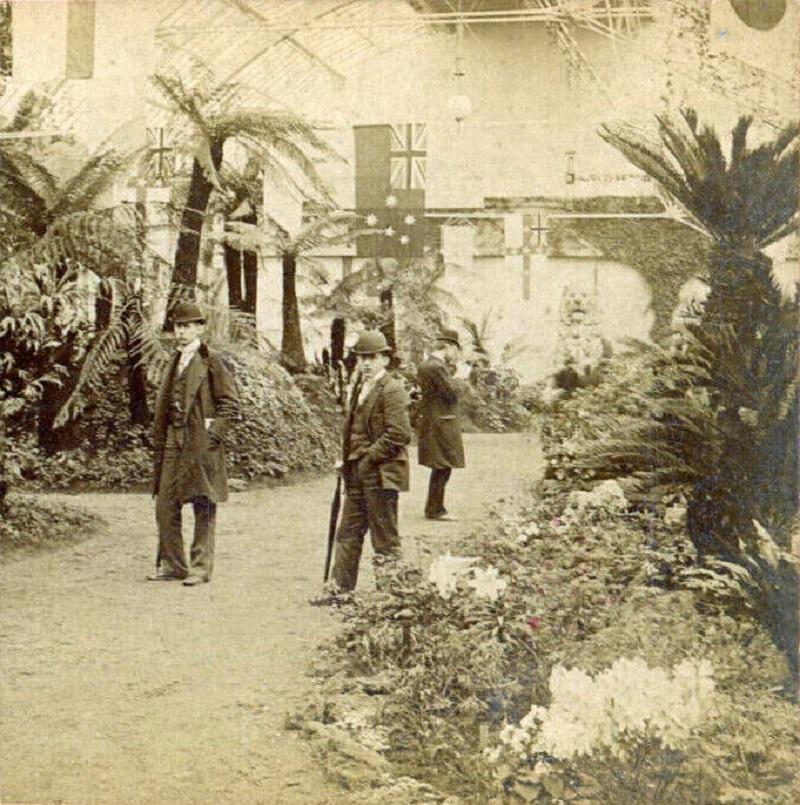
Part of the New South Wales exhibit in Horticultural Hall [Image from Kilburn stereoscope card 7951.]
The Golden Fruit and the Red
Two barrels shipped from New South Wales race for the fair
Two large apple trees stand side by side in an orchard not far from Sydney, New South Wales. On one hung fruit which looked like balls of gold in the sunlight. The apples on the neighboring tree were a bright red. One day the owner of the orchard sent his men to pick the fruit. It was to be sent to the World’s Fair, and he followed them out among the trees to see that the work was properly done. When at last the apples were packed in barrels the fruit grower decided that those two barrels should separate in the orchard and not meet again until on the exhibition tables in the horticulture building at the Fair. The red apples were to go east and the yellow apples were to go west.
The golden fruit was loaded into a steamer and started toward the Suez Canal, while the red fruit was started the same day in a vessel across the Pacific Ocean. The fruit grower marked “No delay. Perishable goods,” conspicuously on each barrel. He wanted to ascertain which was the quickest route to the world’s fair.
The barrel of yellow apples passed through the canal, through the Mediterranean Sea, up the English Channel and finally reached London. Here it was taken from the boat and sent by railroad to Liverpool. Then the barrel of New South Wales fruit was loaded into an ocean racer and started on its way across the Atlantic to New York, whence it came to Chicago by railroad. It was just sixty-six days to an hour yesterday when Thomas Pugh, the assistant general Superintendent of the NSW exhibit, received it.
In the meantime, the red apples had crossed the Pacific Ocean to San Francisco in twenty days. Then they were sent by freight to Chicago. After numerous delays along the way, the apples arrived. They had been fifty-two days on the way and had been admired by World’s Fair visitors for almost two weeks before the golden apples which grew on a tree beside them in Australia were placed on china plates and set on the table beside them in the New South Wales fruit display.
The apples, which had traveled through Asia, Europe, Great Britain and a portion of the United States, were in a good state of preservation, and their arrival was the cause of no little excitement among the fruit growers who have exhibits in the horticulture building.

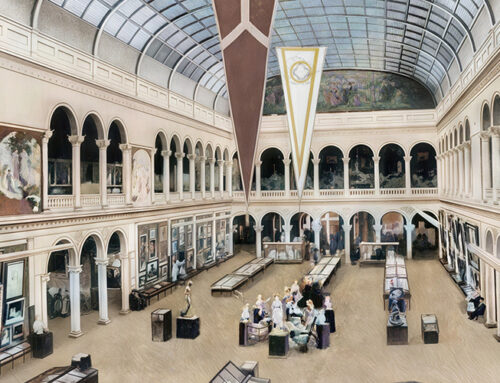
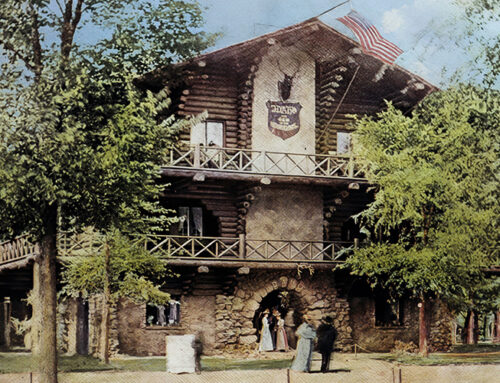
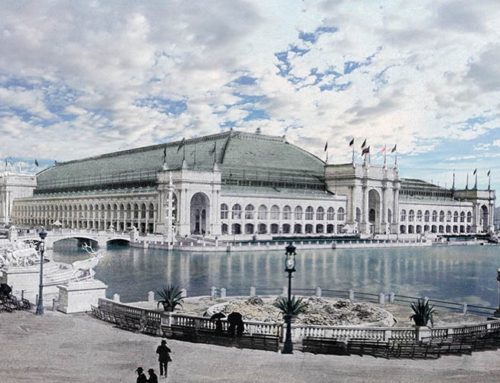
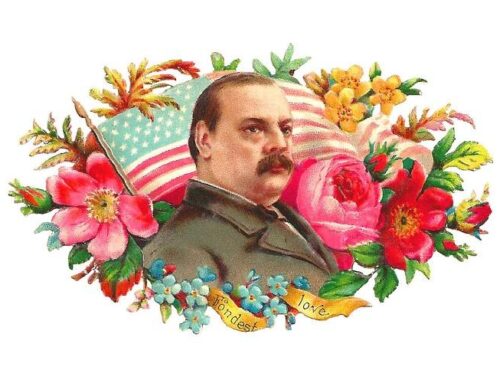
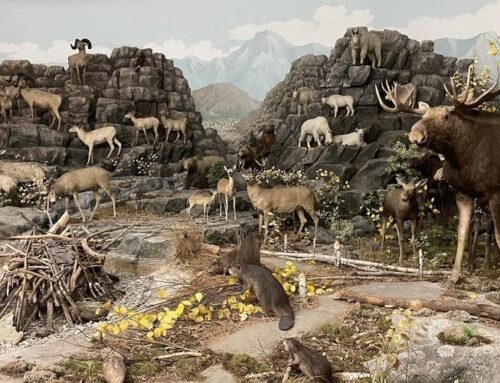
Leave A Comment